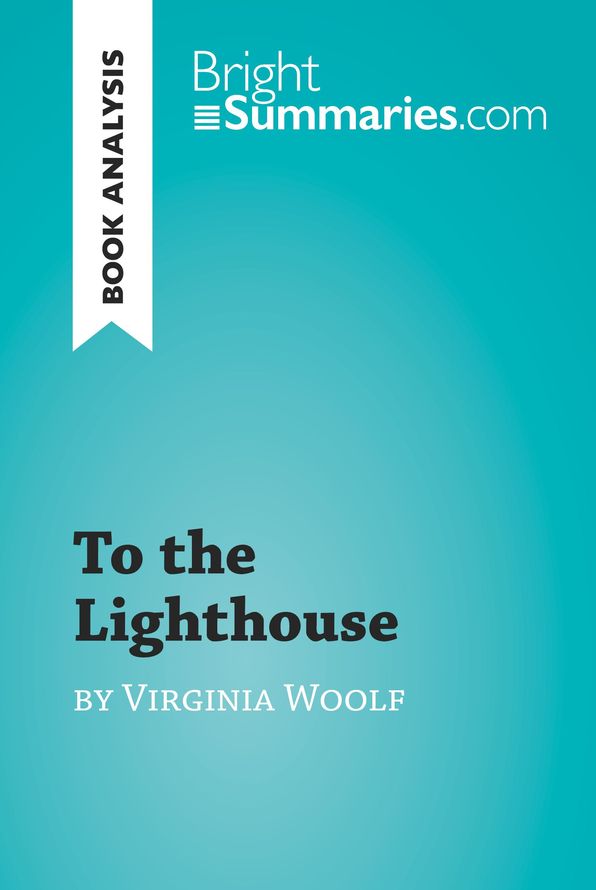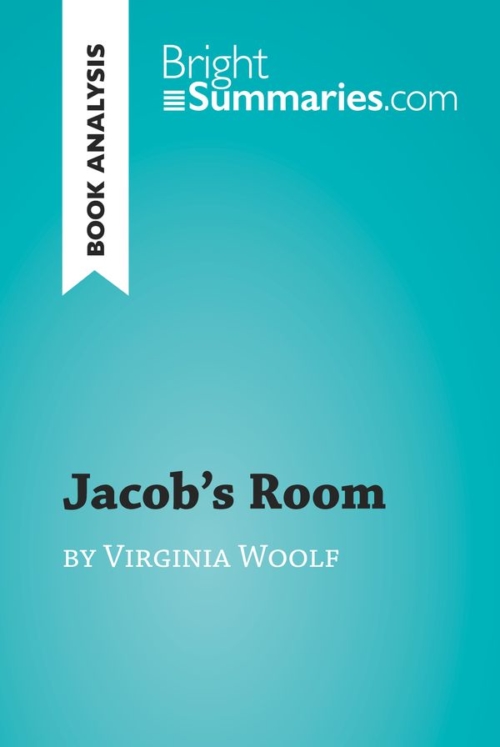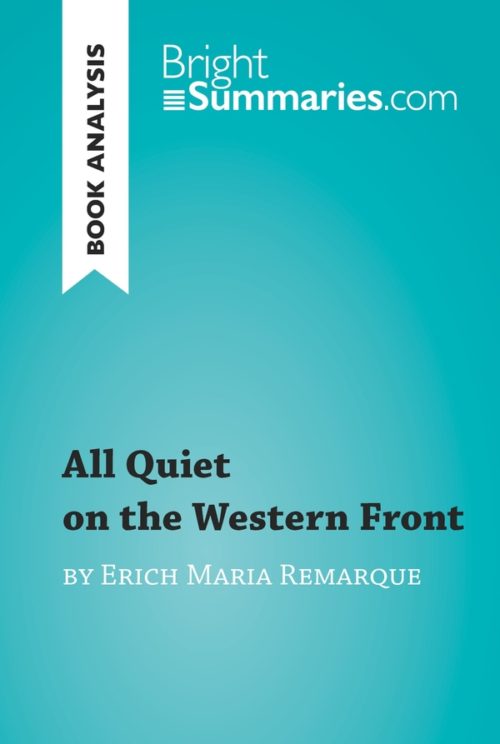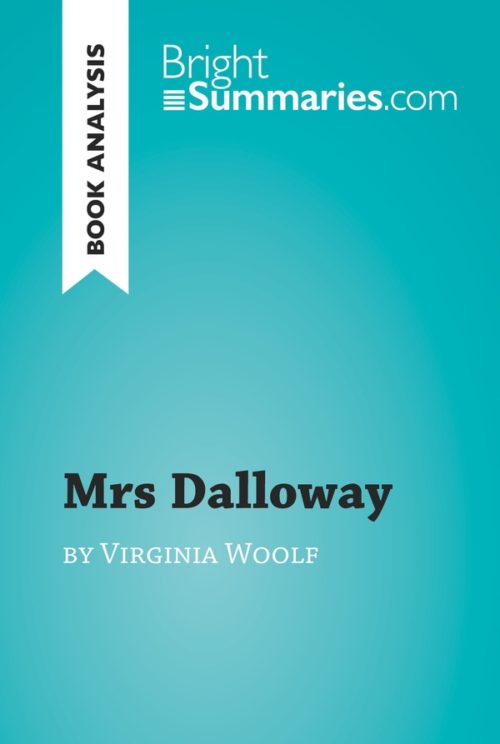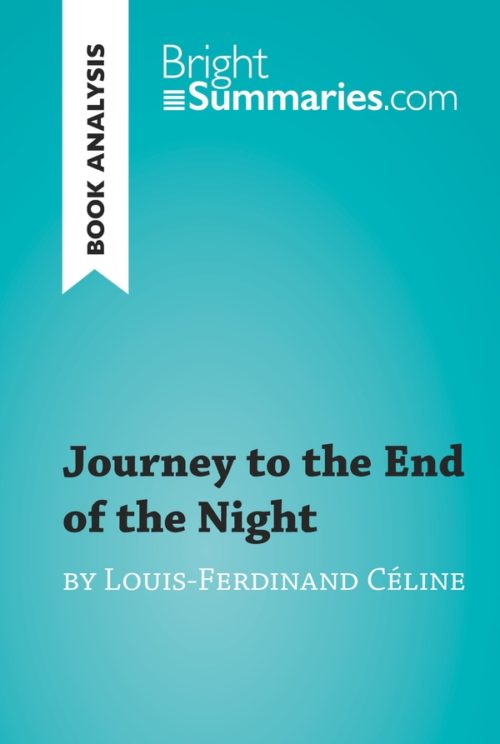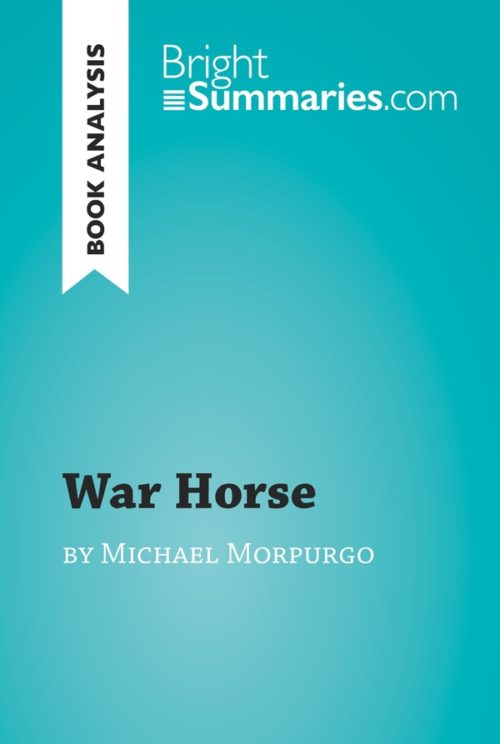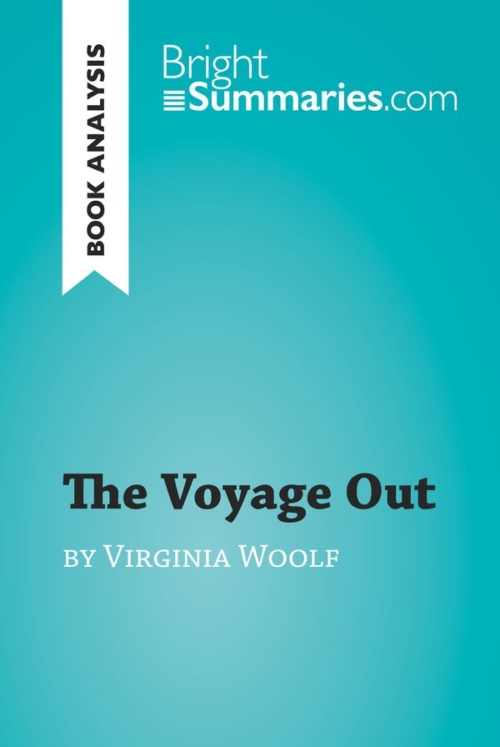To the Lighthouse by Virginia Woolf (Book Analysis)
To the Lighthouse by Virginia Woolf (Book Analysis)
Detailed Summary, Analysis and Reading Guide
Read more
This practical and insightful reading guide offers a complete summary and analysis of To the Lighthouse by Virginia Woolf. It provides a thorough exploration of the novel’s plot, characters and main themes, including the passage of time, the subjectivity of human experience and the role of art. The clear and concise style makes for easy understanding, providing the perfect opportunity to improve your literary knowledge in no time.
This clear and detailed 50-page reading guide is structured as follows:
- Biography of Virginia Woolf
- Presentation of To the Lighthouse
- Summary of To the Lighthouse
- Character study
- Mrs. Ramsay
- Mr. Ramsay
- Lily Briscoe
- James Ramsay
- Charles Tansley
- Analysis of To the Lighthouse
- Modernism and experimentation
- A shifting narrative voice
- The themes in To the Lighthouse
About To the Lighthouse
To the Lighthouse follows the Ramsay family and their guests over the course of two days, set ten years apart, in their holiday home on the Isle of Skye. This seemingly mundane plot belies the novel’s great emotional and philosophical depth: it is a thought-provoking meditation on the passage of time, family relationships, women’s role in society and the fundamental subjectivity of our experiences. The work also stands out for its use of experimental techniques, in particular stream of consciousness, one of the key characteristics of the modernist movement.
To the Lighthouse is widely regarded as a masterpiece of English literature: it placed 15th on the Modern Library’s list of the 100 best English-language novels of the 20th century, and in 2005 it was selected by TIME magazine as one of the 100 best English-language novels since 1923.
About Virginia Woolf
Virginia Woolf was one of the most influential figures of interwar English literature. She was born in London in 1882 and died in Sussex in 1941. She was a pioneer of the literary movement of modernism, wrote a variety of essays, short stories and novels, and founded her own publishing house with her husband in 1917. Her best-known works include Mrs Dalloway, To the Lighthouse, Orlando and The Waves. She was plagued by mental health troubles throughout her life and committed suicide in 1941, at the age of 59.
Product details
| ISBN | 9782808012508 |
|---|---|
| Publisher | Plurilingua Publishing |
| Collection | BrightSummaries.com |
| Format | |
| Pages | 50 |
| File size | 2.1 MB |

